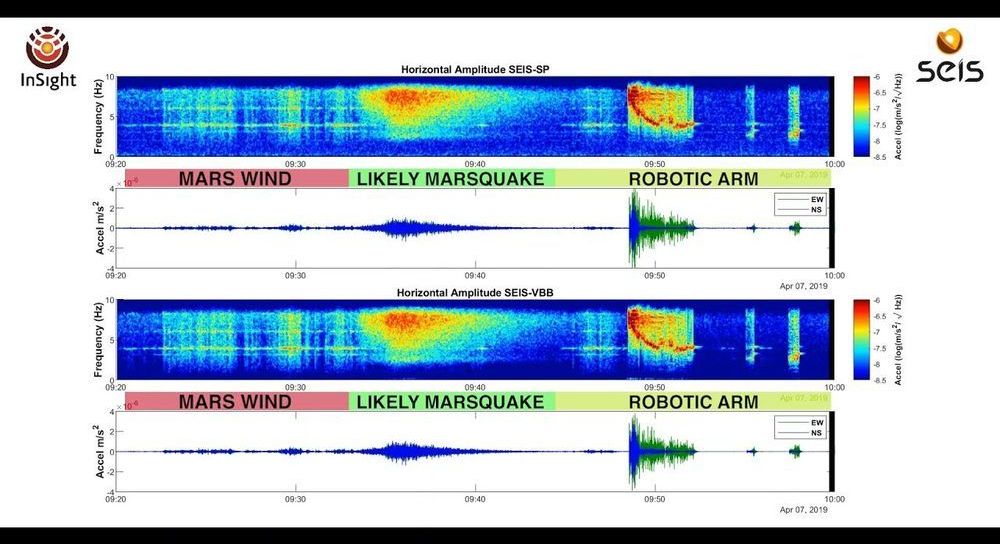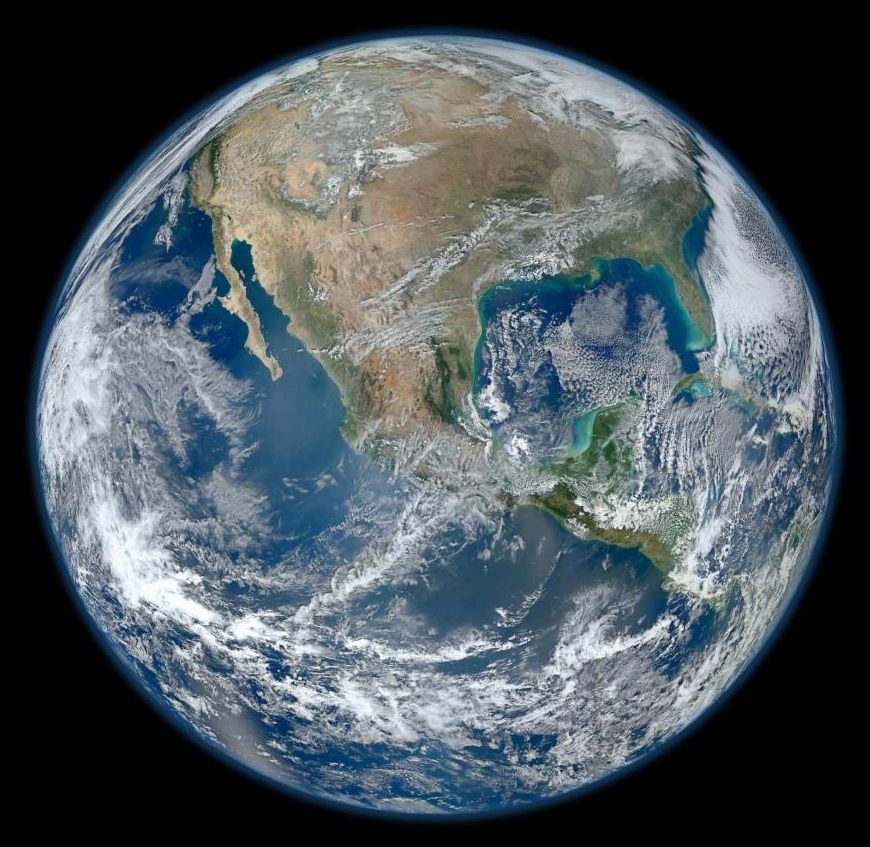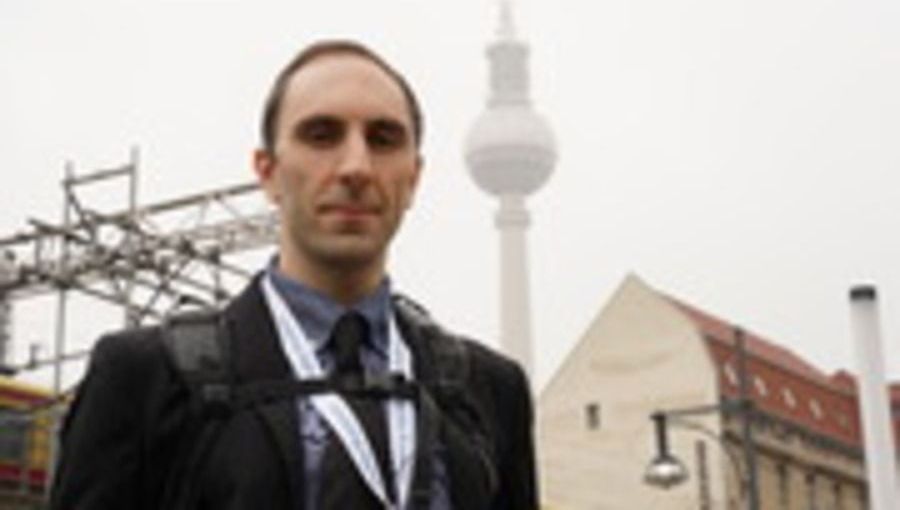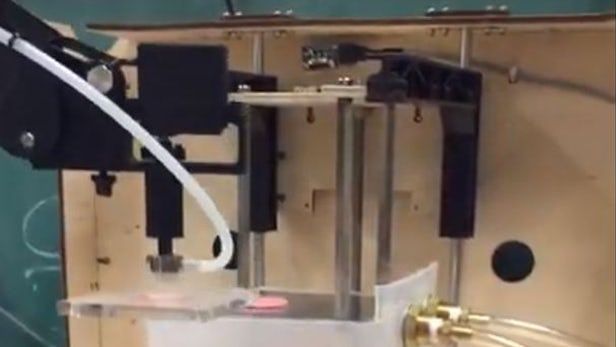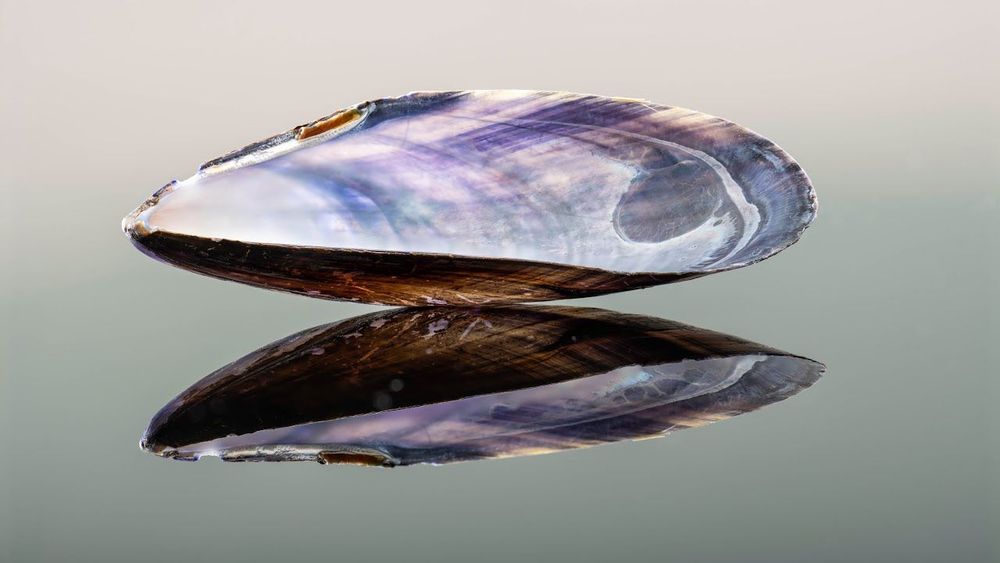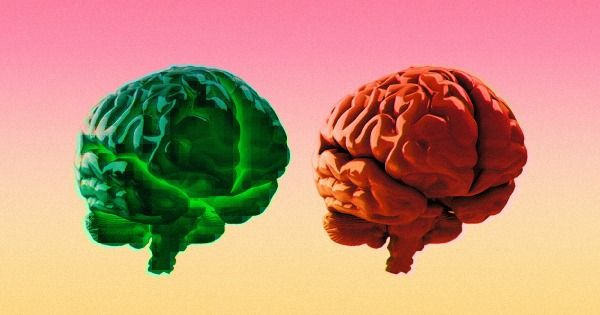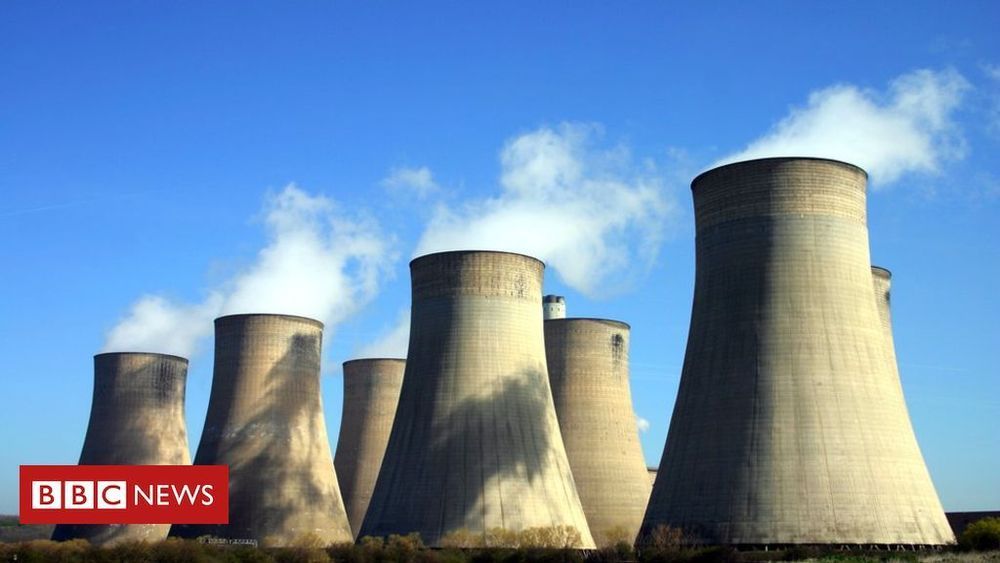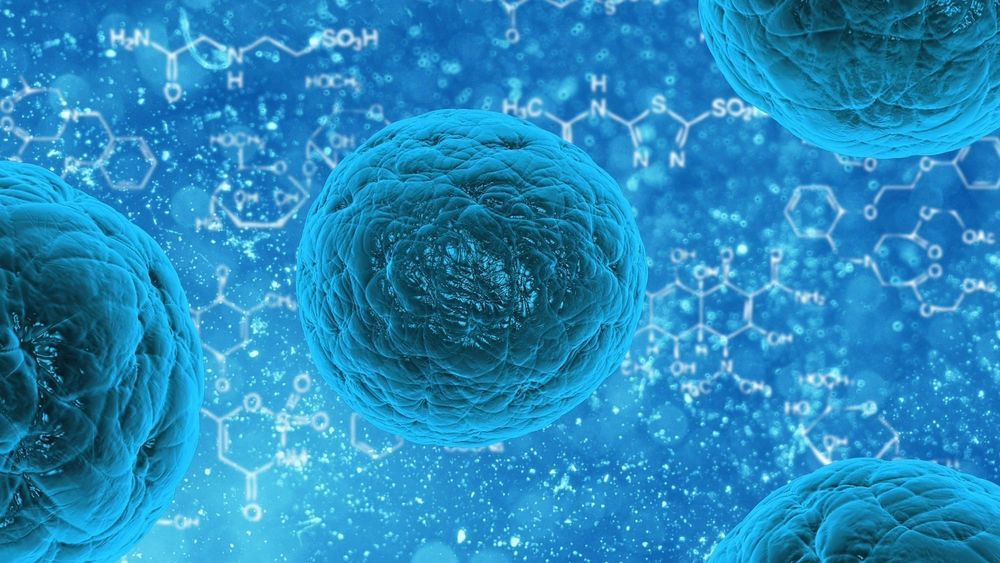
Scientists at the University of Bristol have invented a new technology that could lead to the development of a new generation of smart surgical glues and dressings for chronic wounds. The new method, pioneered by Dr. Adam Perriman and colleagues, involves re-engineering the membranes of stem cells to effectively ‘weld’ the cells together.
Cell membrane re-engineering is emerging as a powerful tool for the development of next generation cell therapies, as it allows scientists to provide additional functions in the therapeutic cells, such as homing, adhesion or hypoxia (low oxygen) resistance. At the moment, there are few examples where the cell membrane is re-engineered to display active enzymes that drive extracellular matrix production, which is an essential process in wound healing.
In this research, published in Nature Communications today, the team modified the membrane of human mesenchymal stem cells (hMSCs) with an enzyme, known as thrombin, which is involved in the wound healing process. When the modified cells were placed in a solution containing the blood protein fibrinogen, they automatically welded together through the growth of a natural hydrogel from the surface of the cells. The researchers have also shown that the resulting 3D cellular structures could be used for tissue engineering.
Read more
